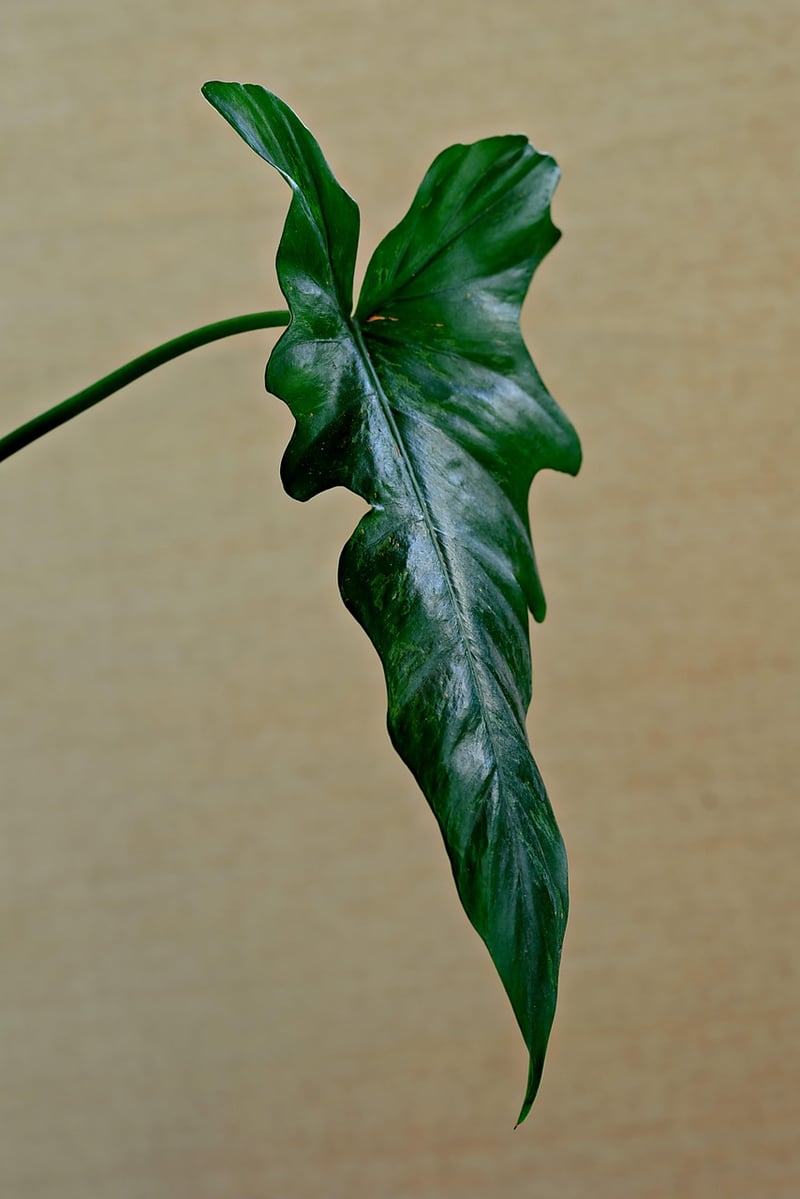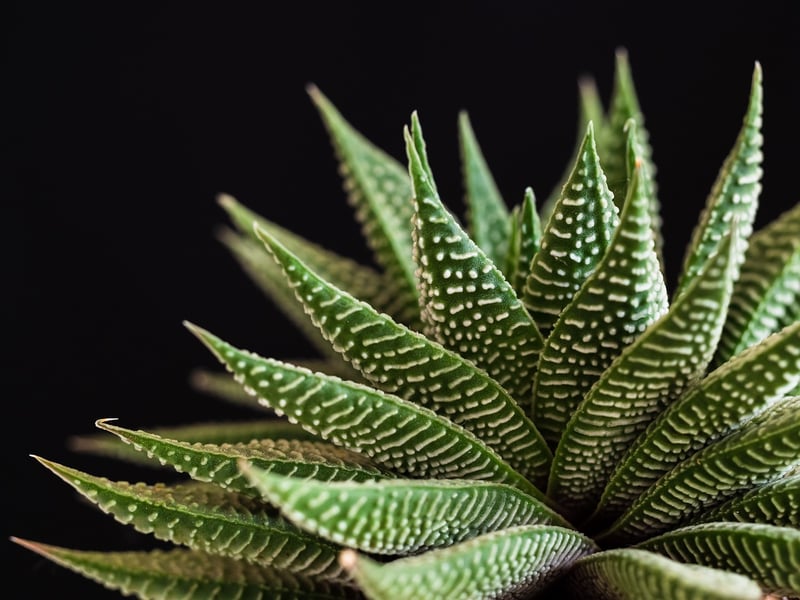Light Requirements
Keeping Your Vertical Garden Healthy: Light Requirements
The Importance of Light for Vertical Gardens
Vertical gardens are a beautiful way to bring greenery into small spaces, but ensuring they receive adequate light is crucial for their health and growth. Light is the primary energy source for plants, driving photosynthesis, which is essential for their survival.
Understanding Light Requirements
Not all plants have the same light requirements. Some thrive in full sunlight, while others prefer partial shade. It's important to know the specific light needs of the plants in your vertical garden to provide them with the right conditions for optimal growth.
Types of Light
There are three main types of light that plants need:
- Full Sun: Plants that require full sun need at least 6 hours of direct sunlight per day.
- Partial Shade: Plants that prefer partial shade thrive in 3-6 hours of sunlight per day.
- Full Shade: Plants that do well in full shade can survive on indirect or filtered light.
Positioning Your Vertical Garden
When setting up your vertical garden, consider the following tips for positioning:
- Place sun-loving plants like herbs and succulents in areas that receive direct sunlight for most of the day.
- Shade-loving plants such as ferns and peace lilies should be positioned in spots with filtered light or partial shade.
- Rotate your vertical garden periodically to ensure all plants receive adequate light exposure.
Monitoring Light Levels
It's essential to monitor the light levels in your vertical garden regularly. Consider using a light meter to measure the intensity of light in different areas of your space. This will help you adjust the positioning of your plants accordingly.
Conclusion
By understanding the light requirements of your plants and providing them with the appropriate conditions, you can ensure a healthy and thriving vertical garden. Paying attention to light levels and positioning will help your plants flourish and enhance the beauty of your space.


